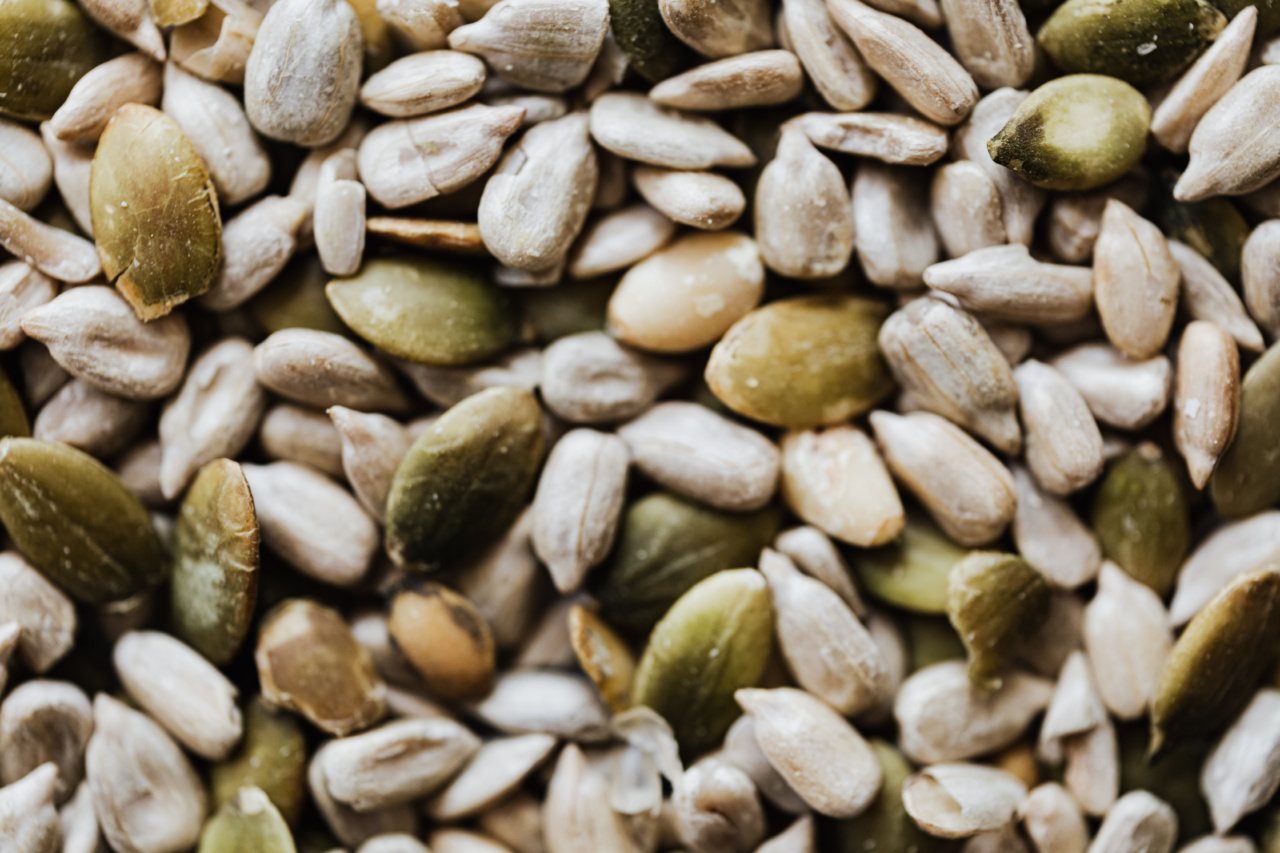In recent years, there has been a growing concern about the presence of phthalates in our food and its potential health risks.
Phthalates are a group of chemicals commonly used in the manufacture of plastics and can be found in various consumer products. These chemicals have been linked to numerous adverse health effects, including reproductive and developmental issues, as well as endocrine disruption.
A recent scientific study has shed light on the presence of phthalates in rough food, raising a significant wake-up call for both consumers and policymakers.
Understanding Phthalates
Phthalates, also known as plasticizers, are substances added to plastics to increase their flexibility, transparency, and durability. They are commonly found in a wide range of products, including food packaging, toys, medical devices, and cosmetics.
Due to their extensive use, phthalates have become pervasive in our environment, leading to widespread exposure.
The Health Risks of Phthalates
Over the years, various scientific studies have identified the potential health risks associated with phthalate exposure. These chemicals have been linked to hormonal disruptions, particularly affecting the reproductive system.
In animal studies, phthalates have been found to interfere with the production of testosterone, leading to impaired fertility and developmental abnormalities. Furthermore, several human studies have also associated phthalate exposure with adverse effects on reproductive health, including sperm quality, menstrual irregularities, and even an increased risk of certain cancers.
However, recent research has revealed a new concern – the presence of phthalates in rough food.
The Presence of Phthalates in Rough Food
A study published in the Journal of Environmental Science & Technology examined the presence of phthalates in rough food, such as grains, pulses, and legumes.
The researchers analyzed samples from different geographical regions and found alarming levels of phthalates in these staple food items.
The study revealed that phthalates leach into rough food through various sources. One of the primary sources is the use of plastic containers, bags, and packaging during storage and transportation.
The rough texture of these food items provides an ideal surface for phthalate absorption, leading to higher contamination levels. Moreover, phthalates can also enter the food chain through contaminated soil and water used for cultivating these crops.
The Implications for Human Health
The presence of phthalates in rough food raises significant concerns about the potential risks to human health.
As rough food forms an essential part of our diet, its contamination with phthalates can lead to prolonged exposure and increased health risks.
One of the major concerns is the cumulative effect of phthalate exposure. Phthalates are known to accumulate in the body over time, leading to higher concentrations and potential health complications.
Moreover, rough food, being a core component of a balanced diet, is consumed regularly, further exacerbating the risk of long-term exposure.
Furthermore, rough food is often consumed by vulnerable populations, such as children and pregnant women. These groups are more susceptible to the adverse effects of phthalates due to their developing bodies and delicate hormonal balance.
The potential impact on fetal development and reproductive health is of particular concern, as exposure to phthalates during critical stages can have long-lasting consequences.
The Need for Stricter Regulations
This new scientific evidence calls for stricter regulations on the use of phthalates in food packaging and storage.
While some countries have implemented limitations on the use of phthalates in certain consumer products, their presence in food is still largely unregulated.
Policymakers must take a proactive approach to address this issue and ensure the safety of the food supply.
Stringent testing and monitoring of rough food for phthalate contamination should be implemented, along with the establishment of maximum allowed limits. Additionally, alternatives to plastic packaging, such as biodegradable and phthalate-free materials, should be encouraged and promoted.
Consumer Awareness and Choices
As consumers, we also have a crucial role to play in minimizing exposure to phthalates in rough food. Being informed and conscious about the potential risks can guide us in making healthier food choices.
Here are some steps we can take:.
- Opt for fresh, unpackaged rough food whenever possible.
- Avoid using plastic containers or bags for storing or heating rough food.
- Choose alternative packaging materials, such as glass or stainless steel containers.
- Support local and organic farmers who follow sustainable farming practices and avoid the use of harmful chemicals.
- Raise awareness among friends and family about the presence of phthalates in rough food and the potential health risks.
The Path Forward
The discovery of phthalates in rough food serves as a wake-up call for both the scientific community and society as a whole.
It highlights the urgent need for further research to better understand the extent of phthalate contamination and its long-term effects on human health. Simultaneously, policymakers must take decisive actions to regulate the use of phthalates in food packaging and ensure the safety of our food supply.
As consumers, we must stay informed and make conscious choices to minimize our exposure to phthalates in rough food. By working together, we can protect our health and create a safer and healthier future for all.






























